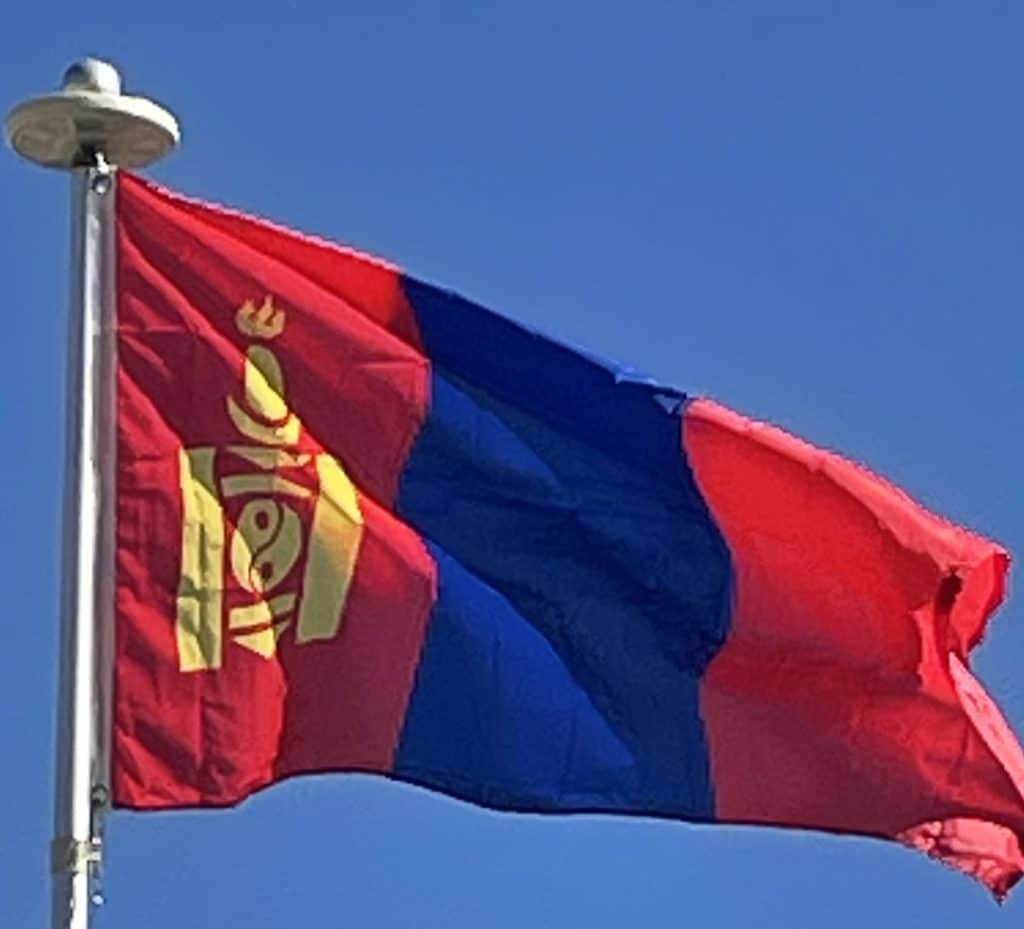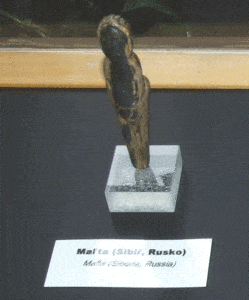
Neolithic agricultural settlements did not feature horses, essential to the nomadic Mongol lifestyle, until the Bronze Age from approximately 3500–2500 BC
Although cultivation of crops has continued since the Neolithic, agriculture has always remained small in scale compared to pastoral nomadism.
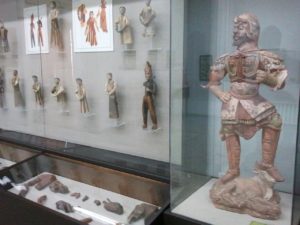
Since prehistoric times, Mongolia has been inhabited by nomads who, from time to time, formed great confederations that rose to power and prominence, including a confederation in the 2nd Century BCE that forced China to build the Great Wall as protection against raids from the north.
Middle Ages to Early 20th Century:
In the chaos of the late 12th century, a chieftain named Temüjin finally succeeded in uniting the Mongol tribes between Manchuria and the Altai Mountains. In 1206, he took the title Genghis Khan, and waged a series of military campaigns – renowned for their brutality and ferocity – sweeping through much of Asia, and forming the Mongol Empire, the largest contiguous land empire in world history. Under his successors it stretched from present-day Poland in the west to Korea in the east, and from parts of Siberia in the north to the Gulf of Oman and Vietnam in the south, covering some 33,000,000 square kilometers (13,000,000 sq mi), (22% of Earth’s total land area) and had a population of over 100 million people (about a quarter of Earth’s total population at the time). The emergence of Pax Mongolica also significantly eased trade and commerce across Asia during its height.
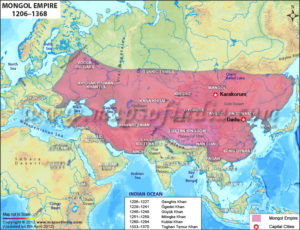
After Genghis Khan’s death, the empire was subdivided into four kingdoms or Khanates. These eventually became quasi-independent after the Toluid Civil War (1260–1264), which broke out in a battle for power following Möngke Khan’s death in 1259. One of the khanates, the “Great Khaanate”, consisting of the Mongol homeland and China, became known as the Yuan dynasty under Kublai Khan, the grandson of Genghis Khan. He set up his capital in present-day Beijing. After more than a century of power, the Yuan was replaced by the Ming dynasty in 1368, and the Mongol court fled to the north. As the Ming armies pursued the Mongols into their homeland, they successfully sacked and destroyed the Mongol capital Karakorum and other cities. Some of these attacks were repelled by the Mongols under Ayushridar and his general Köke Temür.
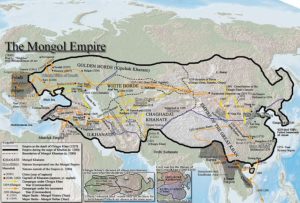
After the expulsion of the Yuan dynasty rulers from China, the Mongols continued to rule their homeland, known as the Northern Yuan dynasty. The next centuries were marked by violent power struggles among various factions, notably the Genghisids and the non-Genghisid Oirats, as well as by several Chinese invasions.
By 1636 most Inner Mongolian tribes had submitted to the Manchus, who founded the Qing dynasty. The Khalkha eventually submitted to Qing rule in 1691, thus bringing all of today’s Mongolia under Manchu rule. After several wars, the Dzungars (western Mongols or Oirats) were virtually annihilated during the Qing conquest of Dzungaria in 1757–1758.
